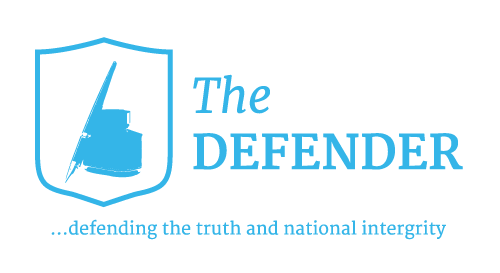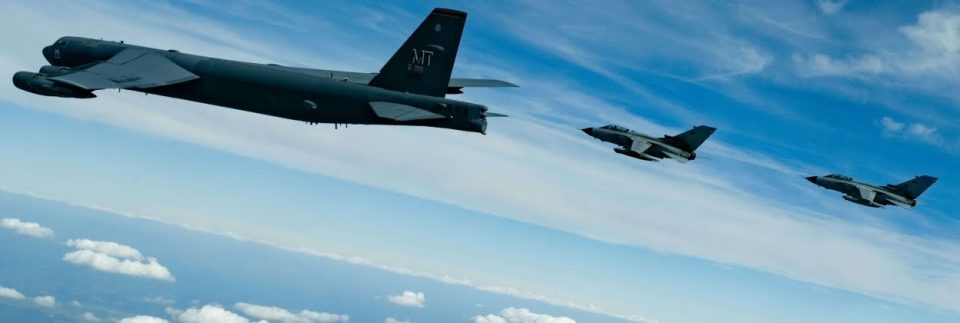Amid increased nuclear threat from Russia, the air forces of 14 NATO nations began their annual nuclear exercise called “Steadfast Noon.”
The exercise, which is hosted by a different NATO ally each year, will mainly take place over Belgium this year, with other training flights to extend over the North Sea and the United Kingdom. Beginning on October 17, 2022, it should last 13 days.
Participating nations include Germany, Belgium, Italy, and the Netherlands. These four European countries are part of the NATO nuclear sharing arrangements, under which they must be able to operate US B61 nuclear bombs stockpiled on their soil. This agreement, negotiated secretly during the Cold War, was meant for a quicker response to any nuclear threat coming from Russia.
“This exercise helps ensure that the Alliance’s nuclear deterrent remains safe, secure and effective,” said NATO Spokesperson Oana Lungescu in a press release.
Training flights will include the US Air Force B-52 strategic bombers from the 5th Bomb Wing based in Minot Air Force Base, North Dakota, as well as the nuclear-capable fighter-bombers of other NATO nations (Panavia Tornado for Germany and Italy, Lockheed Martin F-16 for Belgium and the Netherlands). They will be escorted by fourth and fifth-generation fighter jets and supported by surveillance and tanker aircraft. In total, the exercise will involve up to 60 aircraft.
Where is France?
Though it possesses nuclear weapons, France is not involved in the exercise. As part of its own nuclear deterrence capability, the French Strategic Air Forces carry simulated nuclear strikes on France’s national territory four times a year, a drill known as Operation Poker.
“The independent strategic nuclear forces of the United Kingdom and France have a deterrent role of their own and contribute significantly to the overall security of the Alliance,” NATO allies explained in their last Strategic Concept adopted in Madrid in June 2022. “Separate centres of decision-making contribute to deterrence by complicating the calculations of potential adversaries.”
A dangerous context
The threat of nuclear escalation has been looming since the beginning of Russia’s invasion of Ukraine.
On the first day of the offensive on February 24, 2022, President Vladimir Putting ordered the Russian Strategic Forces to put the country’s nuclear deterrence on high alert.
In early May 2022, Russia simulated electronic launches of nuclear-capable Iskander ballistic missiles during exercises in the Kaliningrad enclave. In August 2022, three MiG-31 heavy interceptors, adapted for carrying Kh-47M2 Kinzhal nuclear-capable missiles, were deployed to the enclave as part of “additional strategic deterrence.”
In this difficult context, NATO emphasized that Steadfast Noon was a “routine, recurring training activity and it is not linked to any current world events.”
In late October 2022, as Steadfast Noon will be wrapping up, Russia will hold its own annual nuclear exercise. Called GROM, it involves all aspects of the Russian nuclear deterrence triad, namely bombers, submarines, and ground-based missiles.




